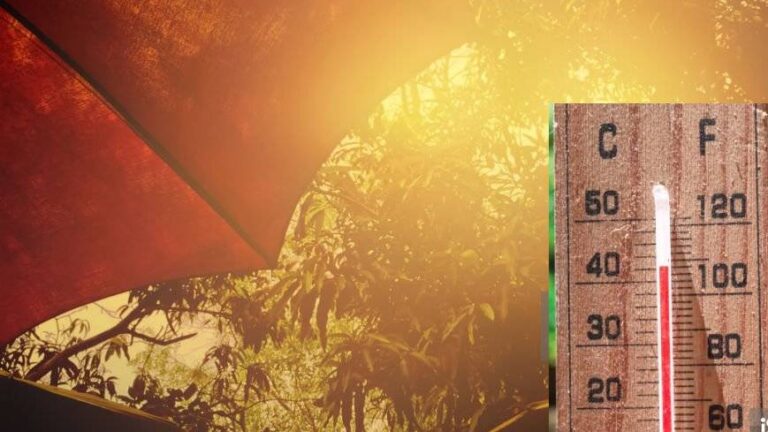Heatwave: Understanding Its Causes and Protective Measures
Introduction
Heatwave is a prolonged periods of excessively hot weather, which may be accompanied by high humidity. They can have severe impacts on human health, agriculture, and infrastructure. Understanding the causes of heat waves and knowing how to protect oneself during such events is crucial for minimizing their detrimental effects.
Causes of Heatwaves
- Atmospheric Pressure Systems: Heatwaves are often caused by high-pressure systems that trap heat in a region. These systems create a “dome” of high pressure that prevents cooler air from moving in. As a result, the same hot air mass remains over an area for days or even weeks, causing temperatures to rise continuously.
- Climate Change: Global warming, driven by increased levels of greenhouse gases in the atmosphere, is contributing to more frequent and severe heatwaves. As the Earth’s average temperature rises, the likelihood of extreme heat events increases.
- Urban Heat Islands: Cities tend to be warmer than rural areas due to human activities and infrastructure such as buildings, roads, and vehicles. This phenomenon, known as the urban heat island effect, can exacerbate the intensity and duration of heatwaves in metropolitan areas.
- Geographical Factors: Certain regions are more prone to heatwaves due to their geographical location. For instance, areas closer to the equator experience higher temperatures more frequently. Additionally, regions with dry climates or those shielded by mountains from cooling winds are also more susceptible to heatwaves.
Protecting Yourself from Heatwaves
- Stay Hydrated: During a heatwave, it is essential to drink plenty of water, even if you do not feel thirsty. Dehydration can occur quickly in high temperatures, leading to heat-related illnesses such as heat exhaustion or heatstroke.
- Stay Indoors: When temperatures soar, staying indoors in air-conditioned environments is one of the best ways to protect yourself. If you do not have air conditioning at home, consider spending time in public places such as libraries, shopping malls, or community centers.
- Limit Outdoor Activities: Avoid strenuous activities and exercise during the hottest parts of the day, usually between 10 a.m. and 4 p.m. If you must be outdoors, take frequent breaks in the shade and wear lightweight, loose-fitting clothing to stay cool.
- Use Fans and Cool Showers: Fans can help circulate air and make you feel cooler. Taking cool showers or baths can also help lower your body temperature.
- Protect Vulnerable Individuals: Children, the elderly, and individuals with chronic illnesses are more susceptible to heat-related illnesses. Ensure they stay cool and hydrated, and check on them regularly during a heatwave.
- Stay Informed: Keep track of weather forecasts and heat advisories. Local authorities may issue warnings and provide information on cooling centers and other resources available during extreme heat events.
- Maintain Your Home: Use curtains or blinds to block out direct sunlight and keep your home as cool as possible. Fans and dehumidifiers can also help reduce indoor temperatures.
Conclusion
Heatwaves are a significant and growing concern due to their adverse effects on health, agriculture, and infrastructure. They are primarily caused by atmospheric pressure systems, climate change, urban heat islands, and geographical factors. By staying informed and taking proactive measures such as staying hydrated, avoiding outdoor activities during peak heat, and seeking cool environments, individuals can protect themselves from the dangers of heatwaves. As global temperatures continue to rise, understanding and adapting to heatwaves will become increasingly vital for communities worldwide.

